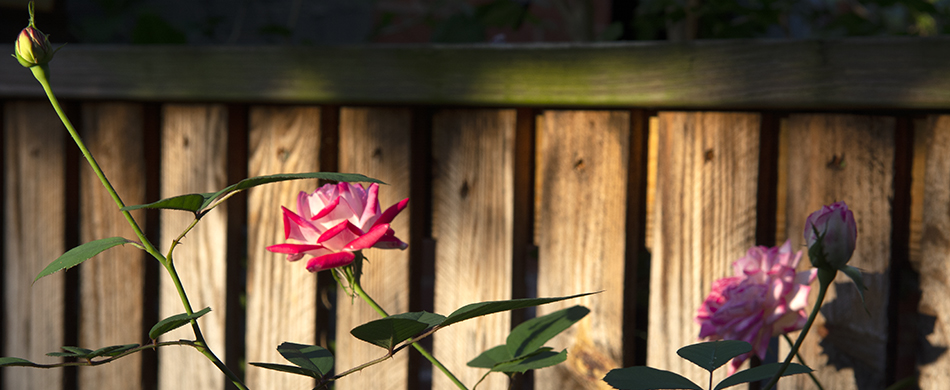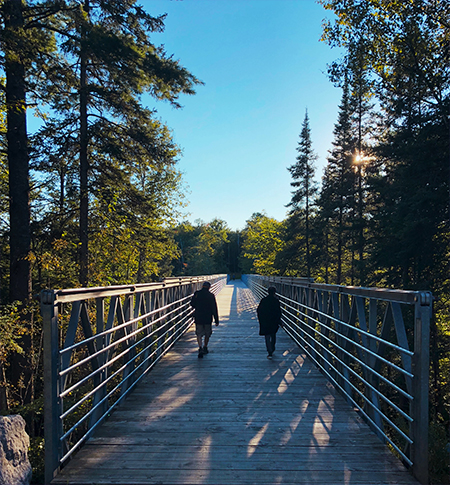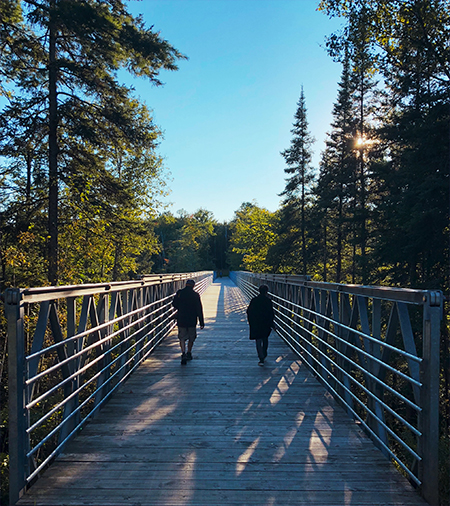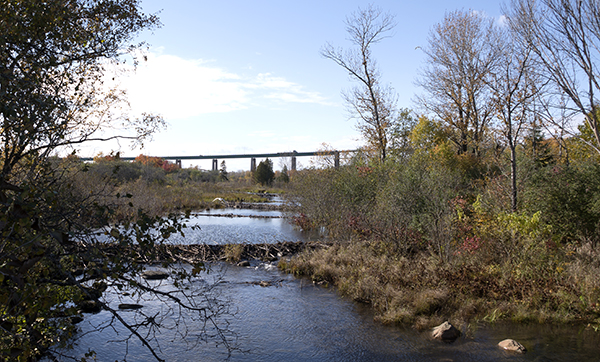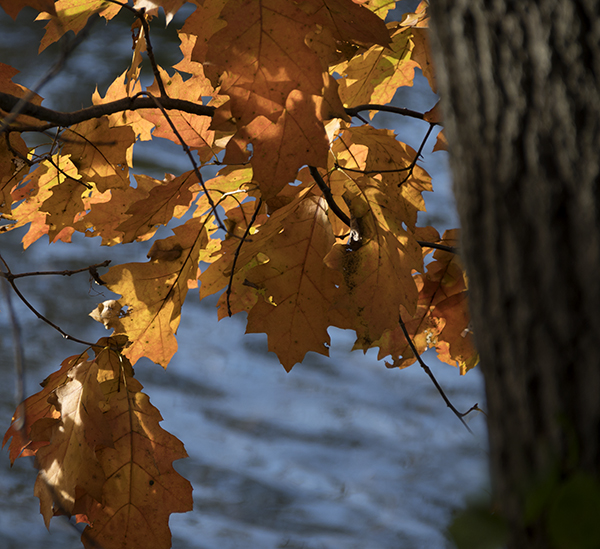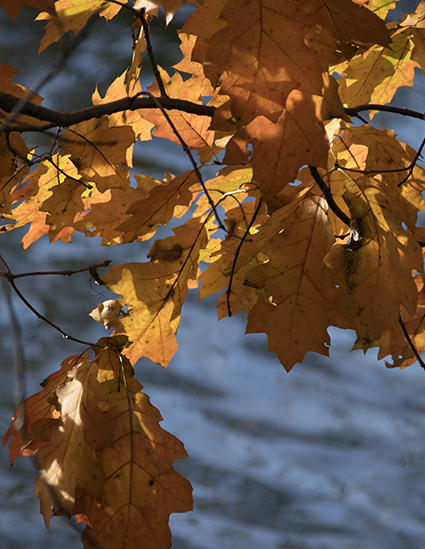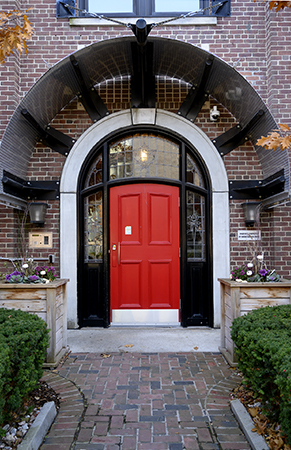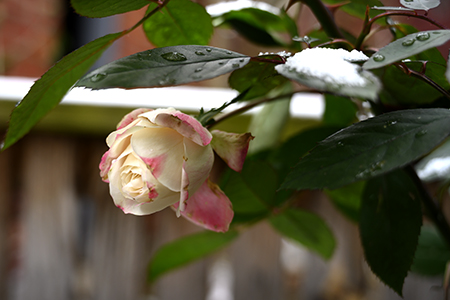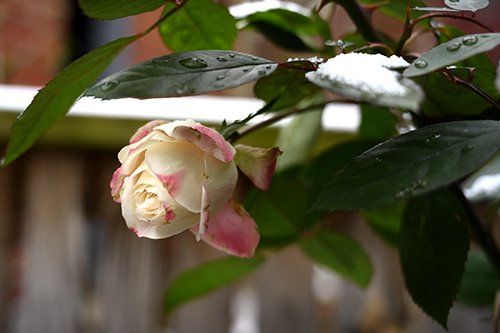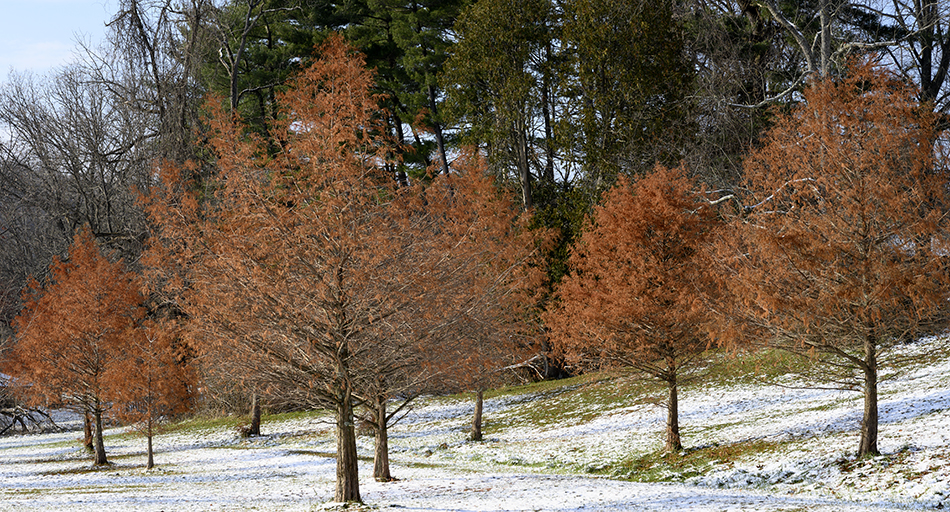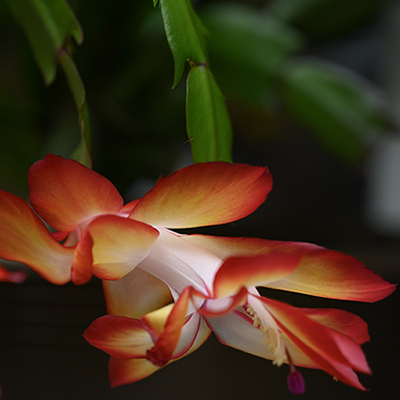
new year’s wolf-moon
I went out my front door, with the camera on a tripod and just shot up at the moon. Also, I did nothing to the image in Photoshop except to crop it.
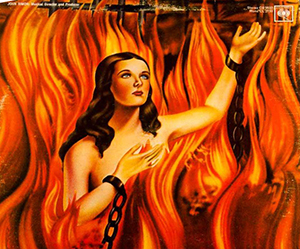 Fifty years ago, the album – Song of Leonard Cohen – was released. On the back cover of the album is a Mexican religious picture of the Anima Sola (Based on Roman Catholic tradition, the Anima Sola or Lonely Soul is an image depicting a soul in purgatory, popular in Latin America, as well as much of Andalusia, Naples and Palermo.) depicted as a woman breaking free of her chains surrounded by flames and gazing towards heaven. In a Rolling Stone interview, Cohen described the image as “the triumph of the spirit over matter. The spirit being that beautiful woman breaking out of the chains and the fire and prison.” Cohen found the picture in a botánica near the Hotel Chelsea in 1965. The album’s front cover depicts a sepia tint photo of Cohen credited to Machine.
Fifty years ago, the album – Song of Leonard Cohen – was released. On the back cover of the album is a Mexican religious picture of the Anima Sola (Based on Roman Catholic tradition, the Anima Sola or Lonely Soul is an image depicting a soul in purgatory, popular in Latin America, as well as much of Andalusia, Naples and Palermo.) depicted as a woman breaking free of her chains surrounded by flames and gazing towards heaven. In a Rolling Stone interview, Cohen described the image as “the triumph of the spirit over matter. The spirit being that beautiful woman breaking out of the chains and the fire and prison.” Cohen found the picture in a botánica near the Hotel Chelsea in 1965. The album’s front cover depicts a sepia tint photo of Cohen credited to Machine.
The first two LPs I ever bought were Gordon Lightfoot’s first album – Lightfoot! – released in January of 1966 and Cohen’s debut album – Songs of Leonard Cohen – released on December 27, 1967.
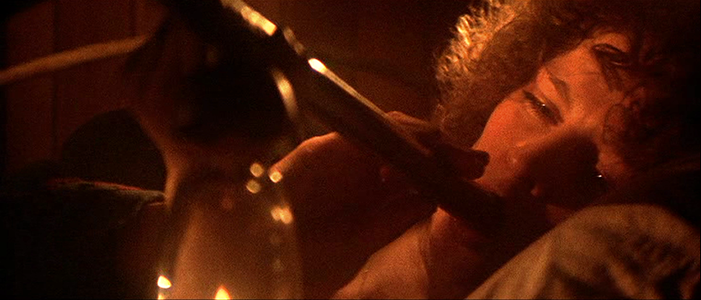
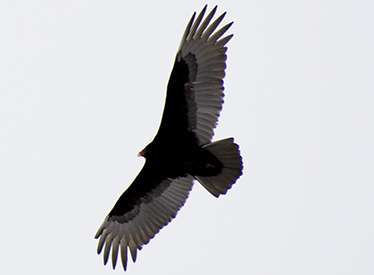
 you chose your journey long before
you chose your journey long before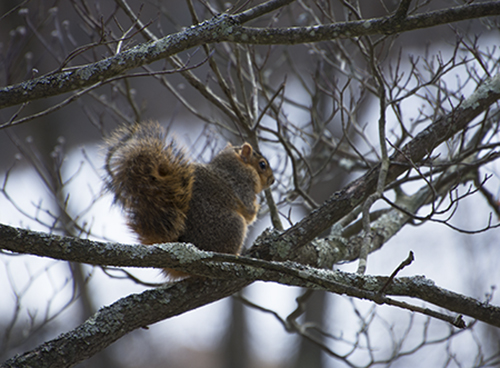
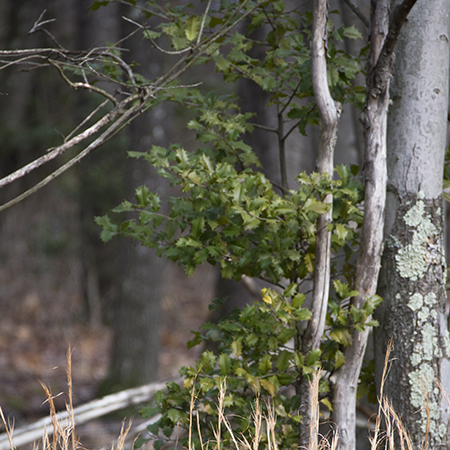

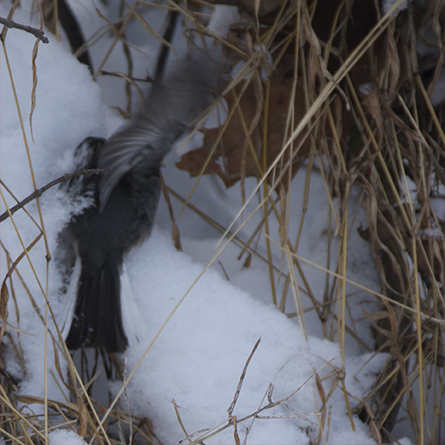




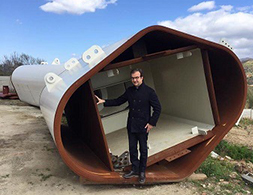 The slender steel pylon has a quadrilateral cross section shape with rounded corners (the image on the left is of
The slender steel pylon has a quadrilateral cross section shape with rounded corners (the image on the left is of 
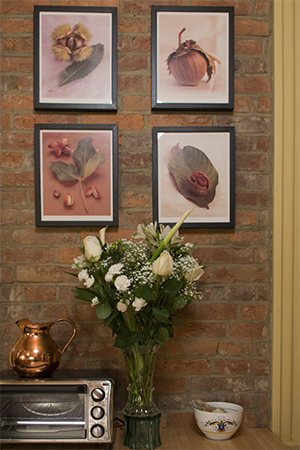
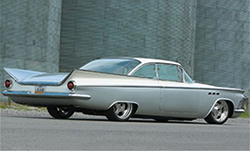
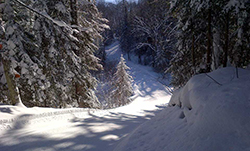

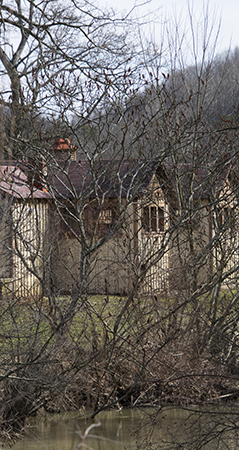
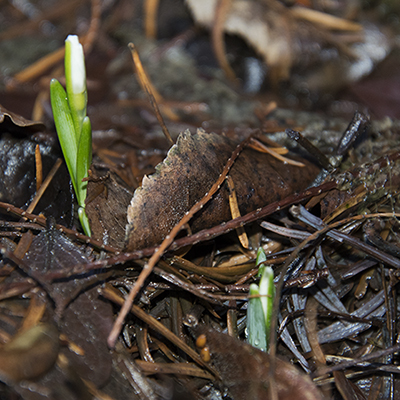
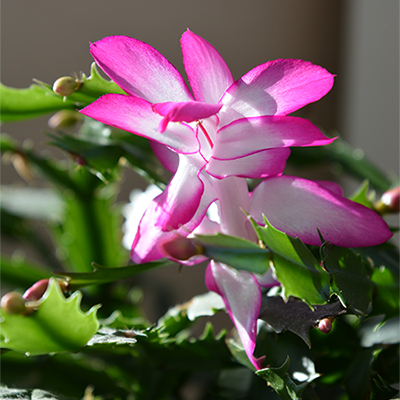

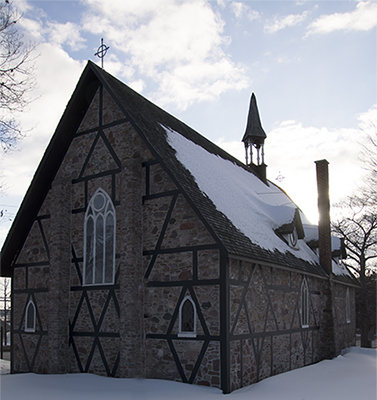

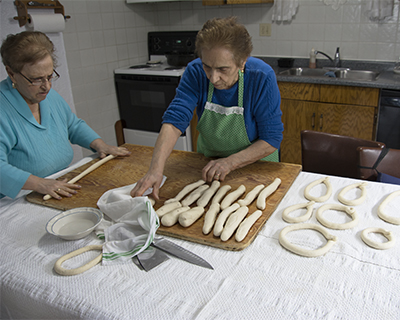


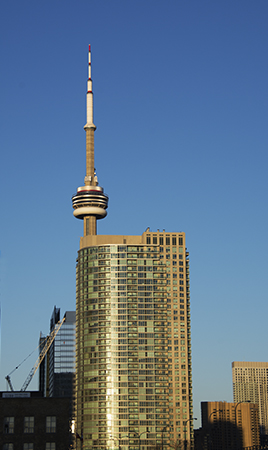
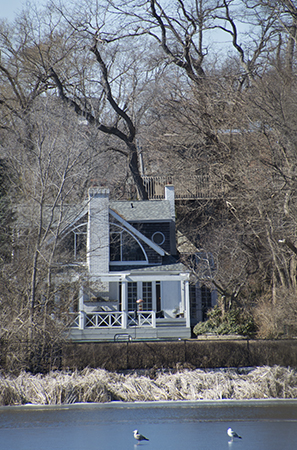

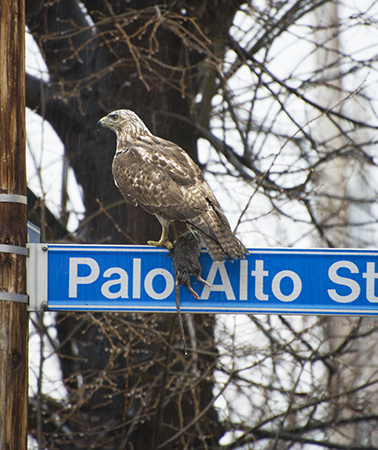
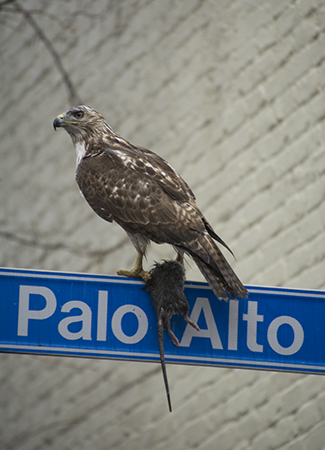
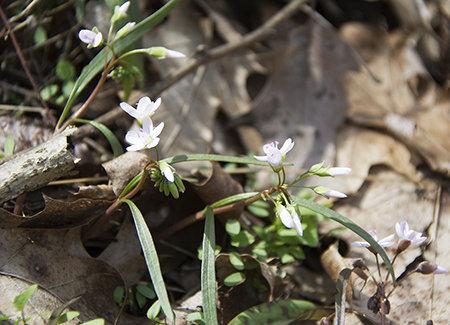
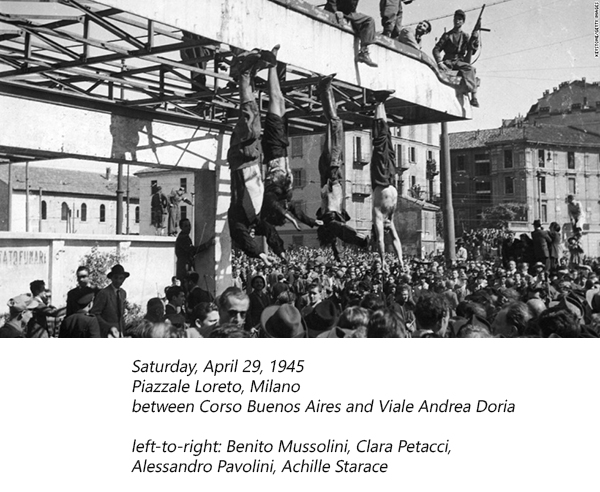
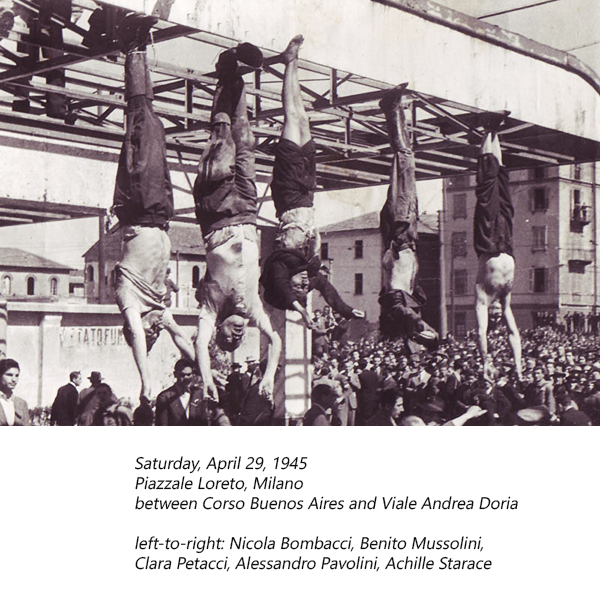

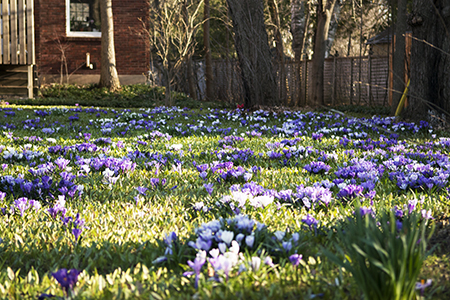
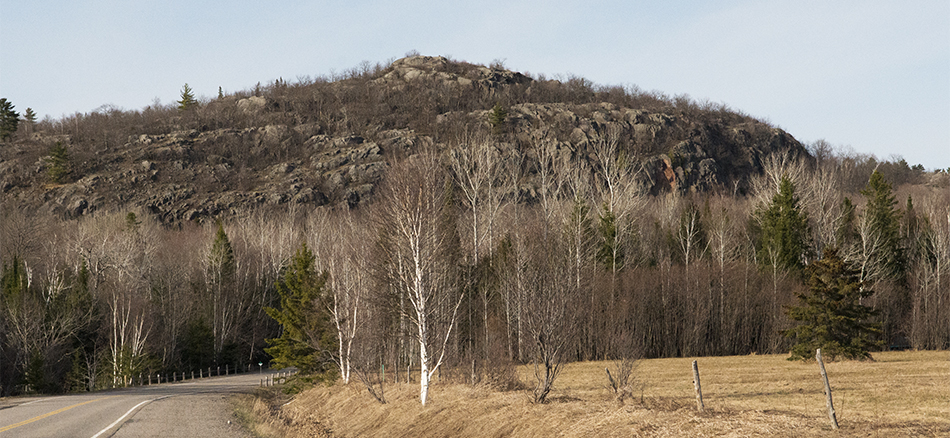
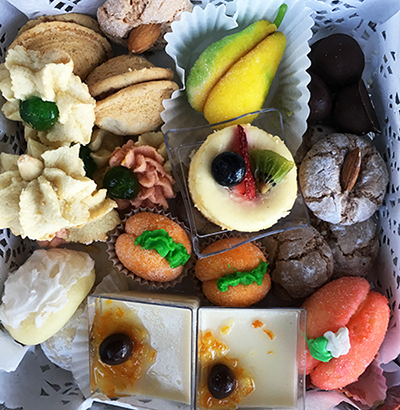
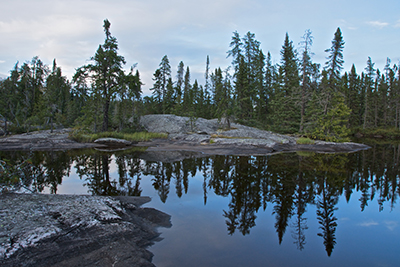
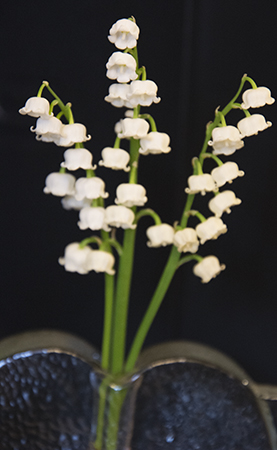
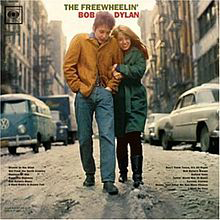 It’s only my second time listening to an entire Dylan album. (The other Dylan album I’ve listened to is
It’s only my second time listening to an entire Dylan album. (The other Dylan album I’ve listened to is 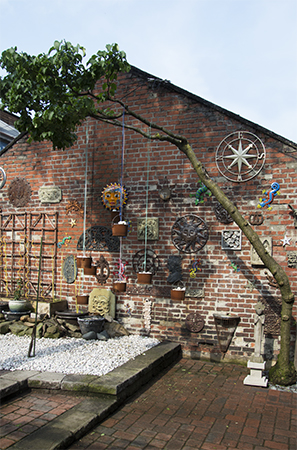
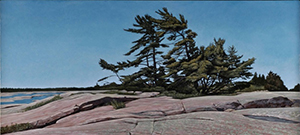 and
and 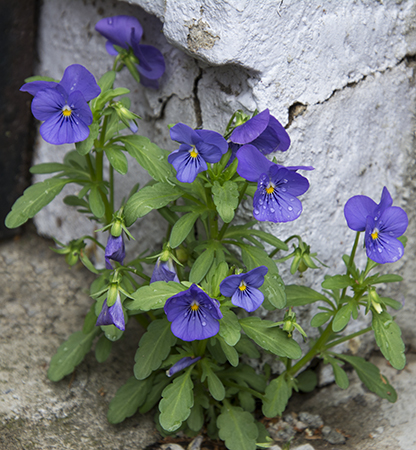
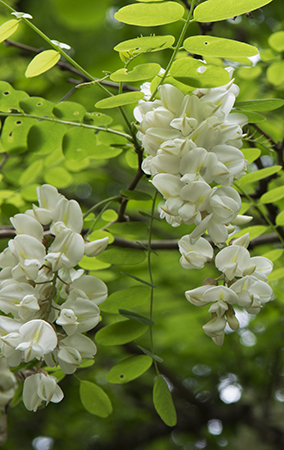



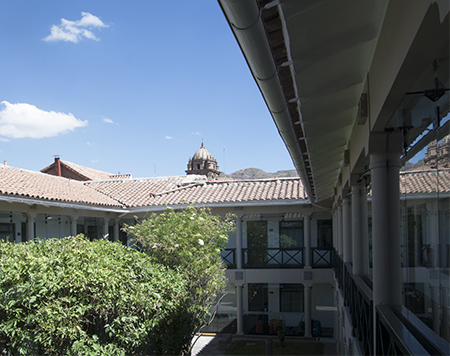
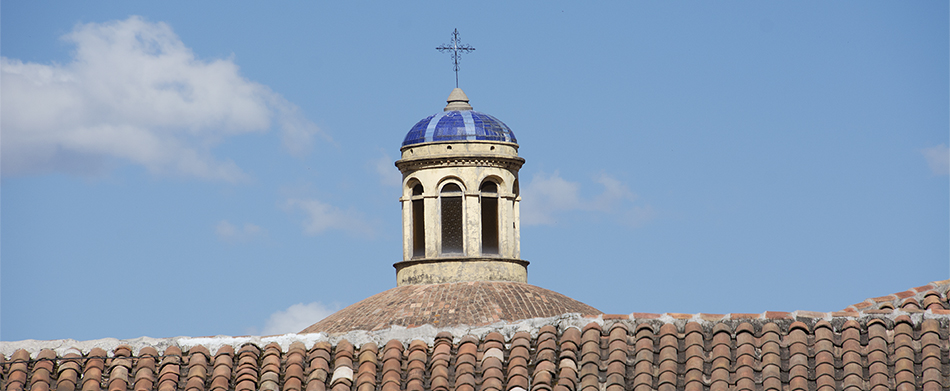
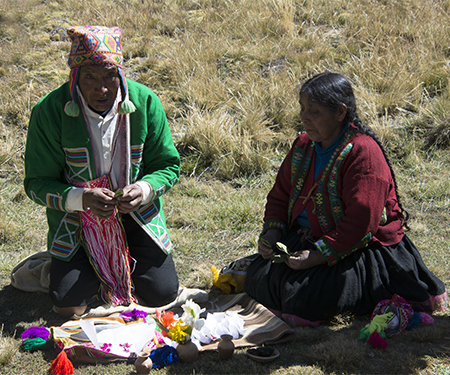

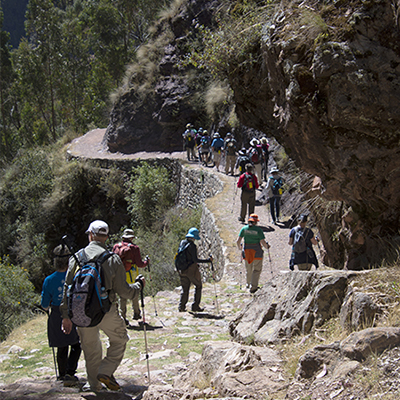
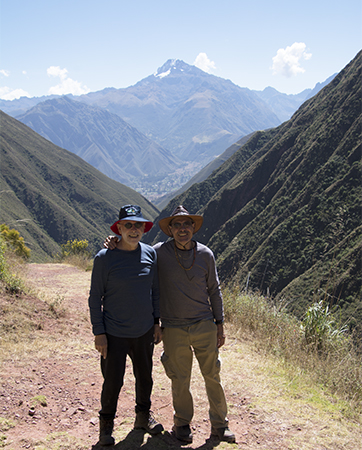
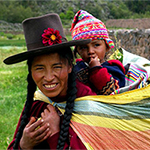 Apparently, each town or district still has its own hat-maker and he makes the unique hats for the people of his community. The unique hats designate what section, of the area, a person is from. (I didn’t need it to have a flower.)
Apparently, each town or district still has its own hat-maker and he makes the unique hats for the people of his community. The unique hats designate what section, of the area, a person is from. (I didn’t need it to have a flower.)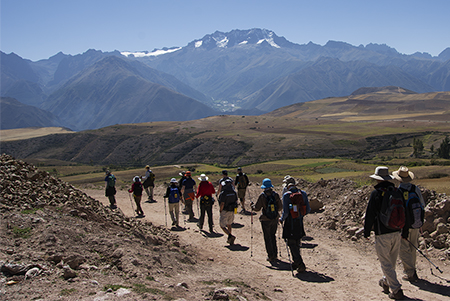
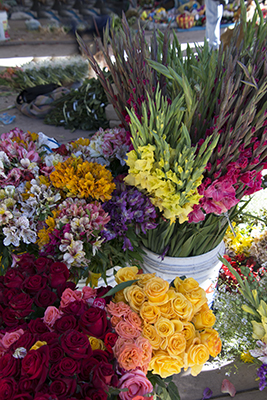
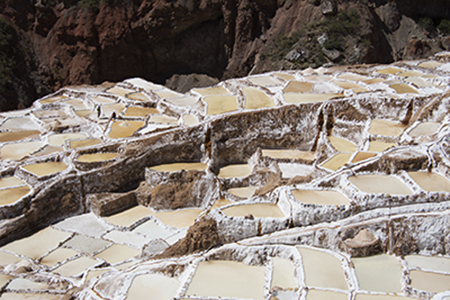

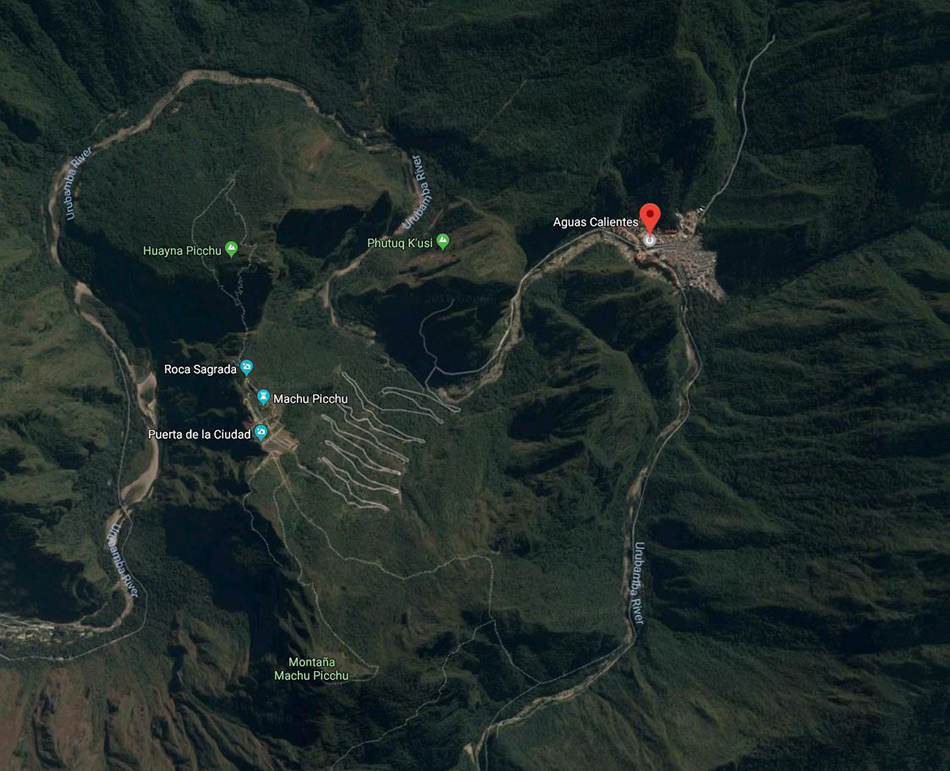
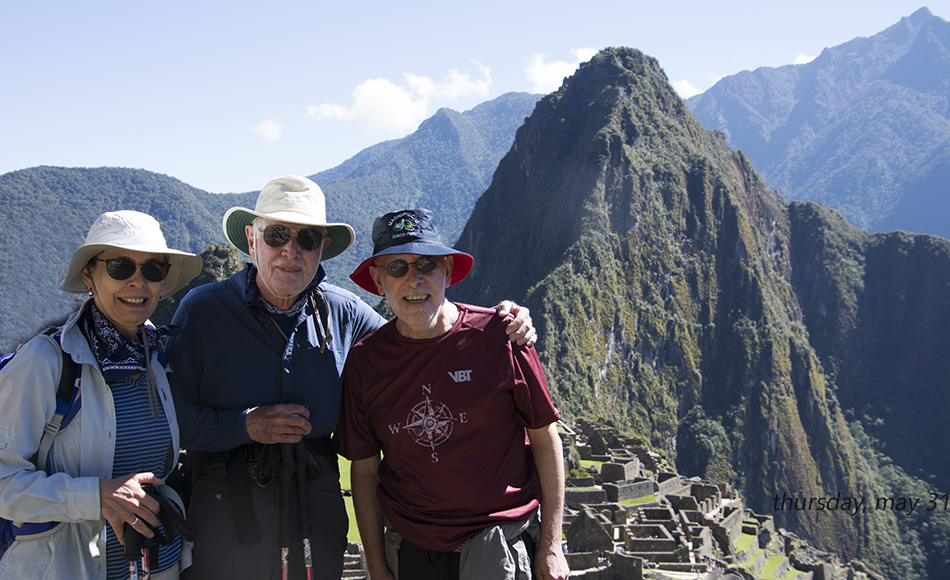
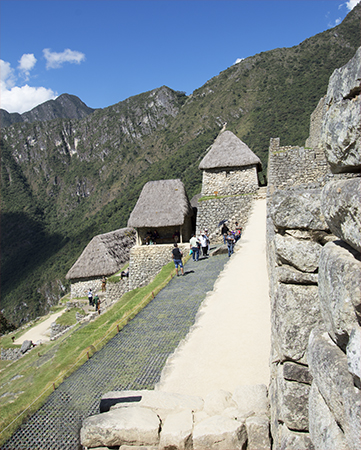
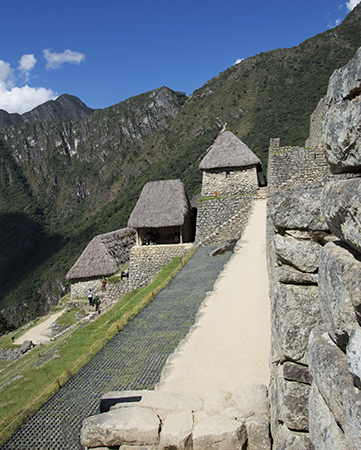
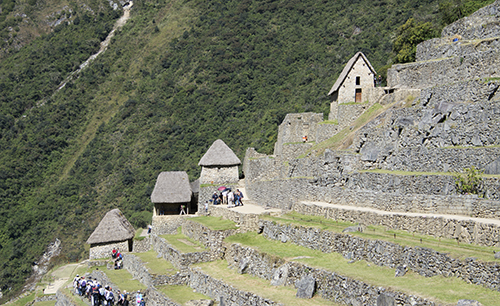 The ruins take their name from the mountain – Machu Picchu; no one knows what the Incas called the settlement, because there are no written accounts.
The ruins take their name from the mountain – Machu Picchu; no one knows what the Incas called the settlement, because there are no written accounts. 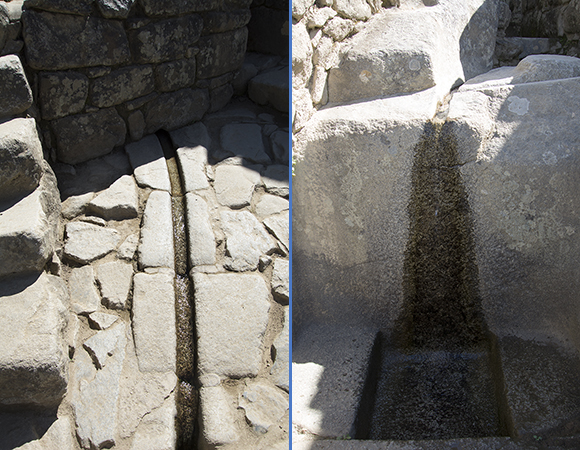
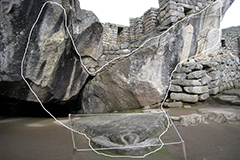
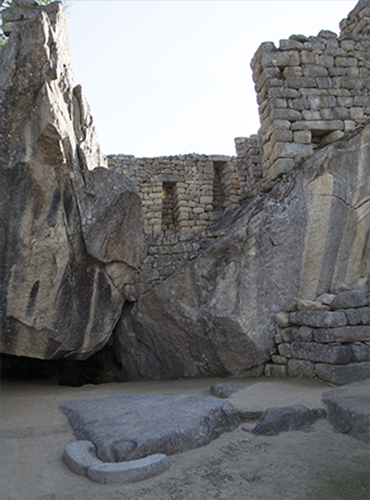
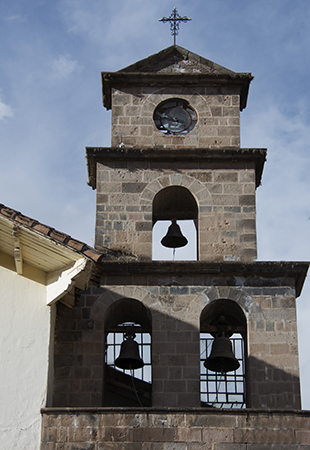
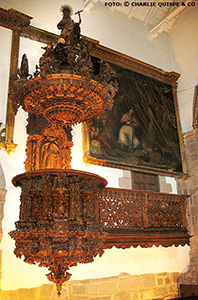 We got dropped off in the artisan section and we walked the narrow cobblestone streets of the old city to San Blas church. The attraction in the church was an elaborately carved pulpit. The Archdiocese in Lima has ruled that no photographs are allowed in any church. The image on the left is from online and from a time when you could take photographs inside a church. (The story the guide told us is that the Archdiocese is afraid thieves will come and steal the valuable artifacts if they are photographed and put where anybody and everybody can see the treasured housed in the Peruvian churches.)
We got dropped off in the artisan section and we walked the narrow cobblestone streets of the old city to San Blas church. The attraction in the church was an elaborately carved pulpit. The Archdiocese in Lima has ruled that no photographs are allowed in any church. The image on the left is from online and from a time when you could take photographs inside a church. (The story the guide told us is that the Archdiocese is afraid thieves will come and steal the valuable artifacts if they are photographed and put where anybody and everybody can see the treasured housed in the Peruvian churches.) 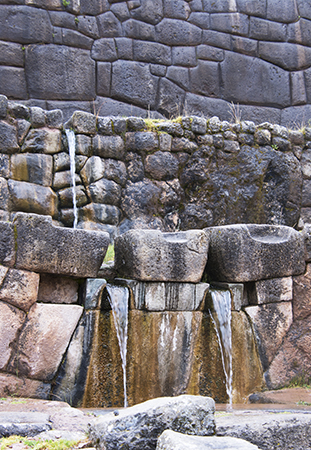
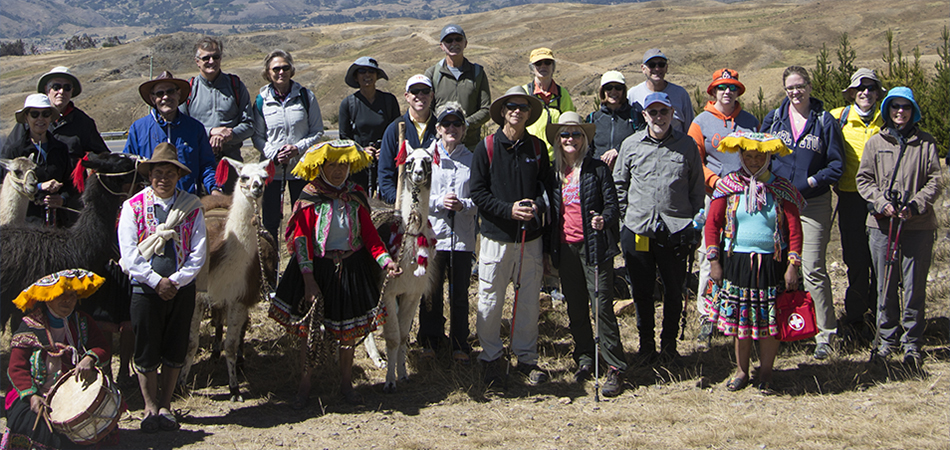


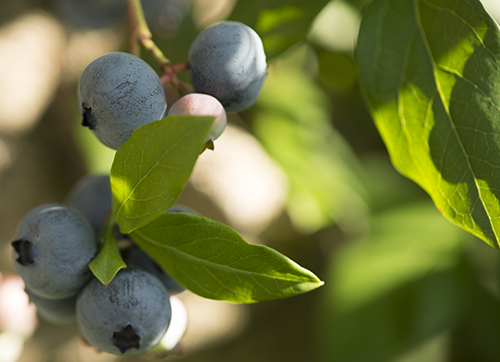
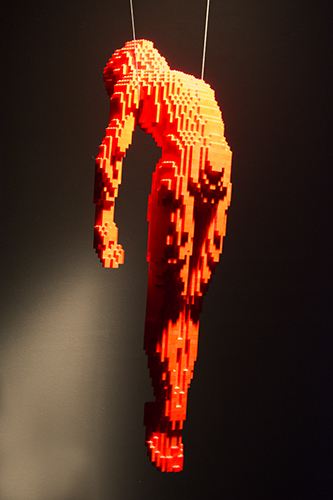
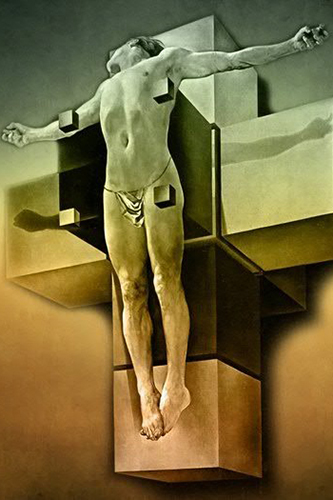
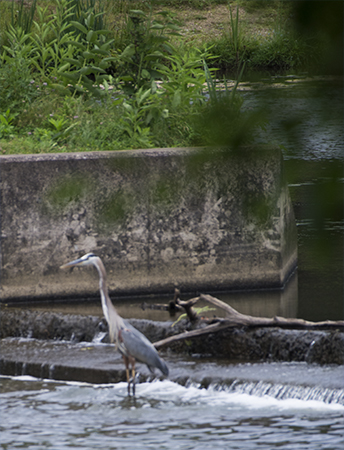
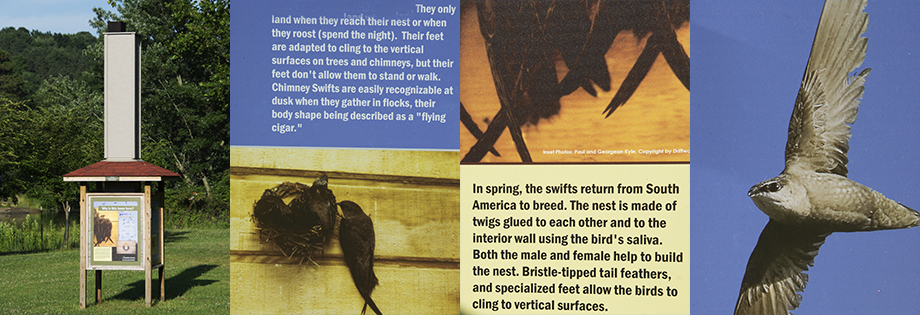
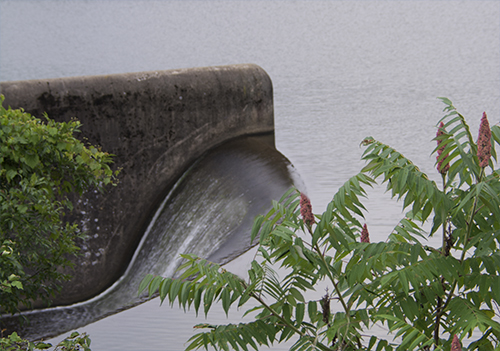
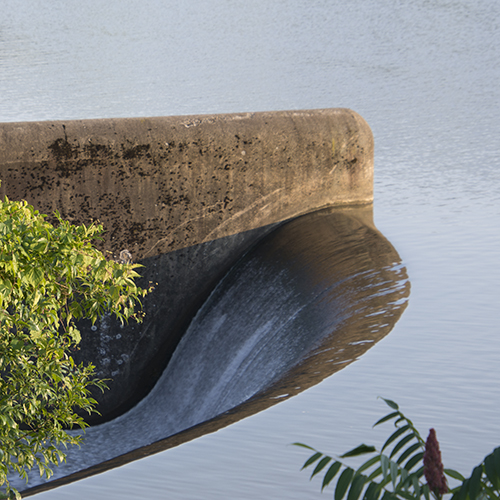
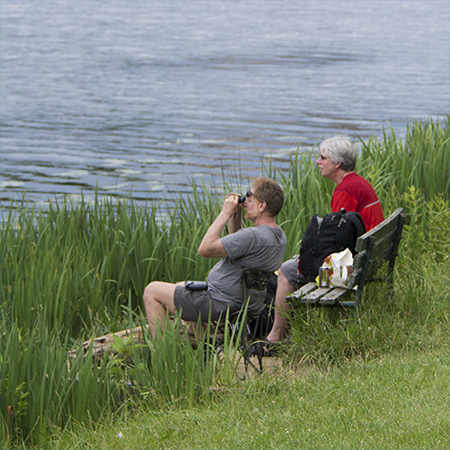
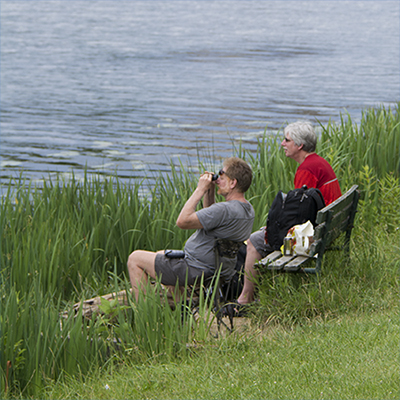
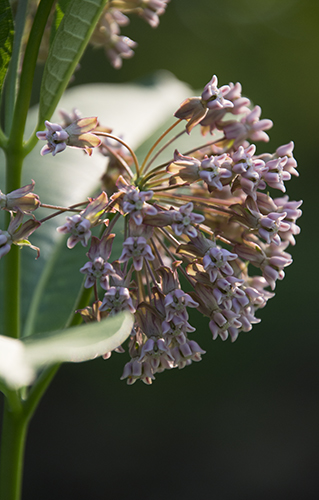
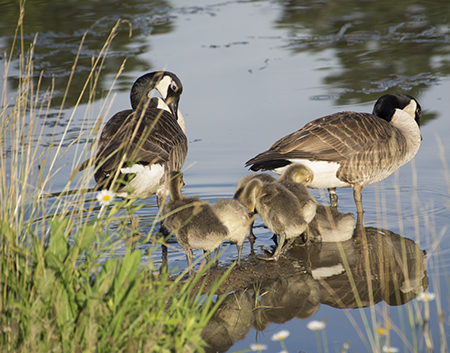
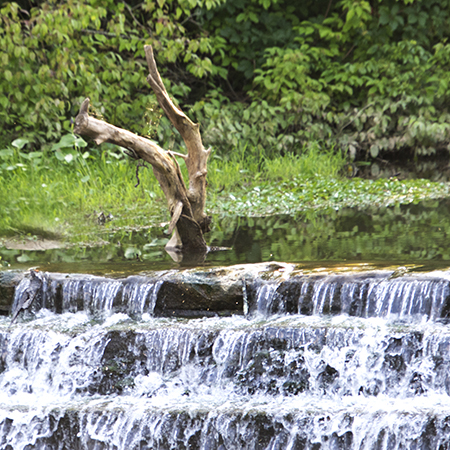

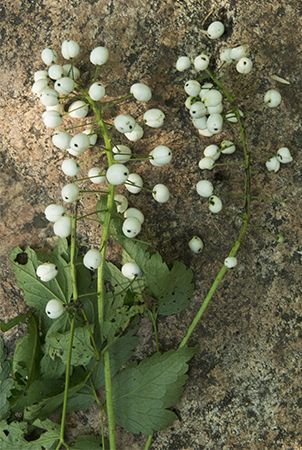
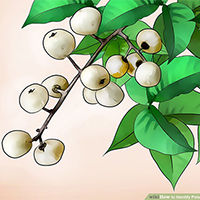 Because of its rich history, the Canadian Government designated Whitefish Island a national historic site. Today, the island is open to the public and wide dirt trails cross and perimeter the 22 acres between the rapids and the canal.
Because of its rich history, the Canadian Government designated Whitefish Island a national historic site. Today, the island is open to the public and wide dirt trails cross and perimeter the 22 acres between the rapids and the canal.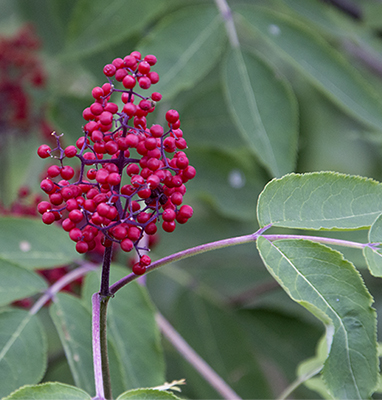


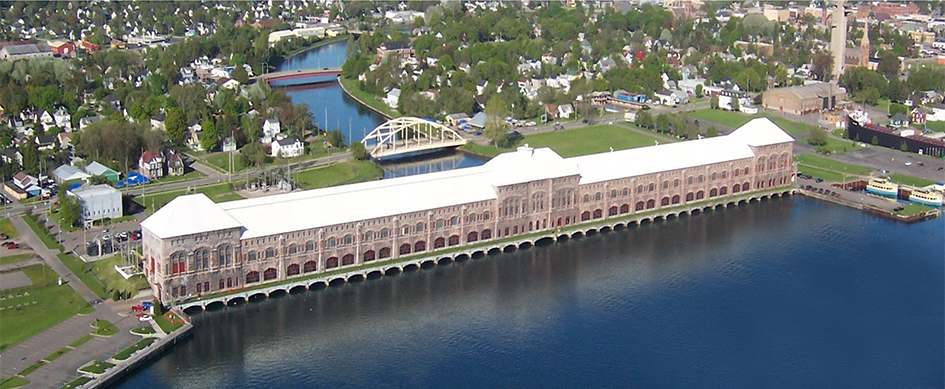
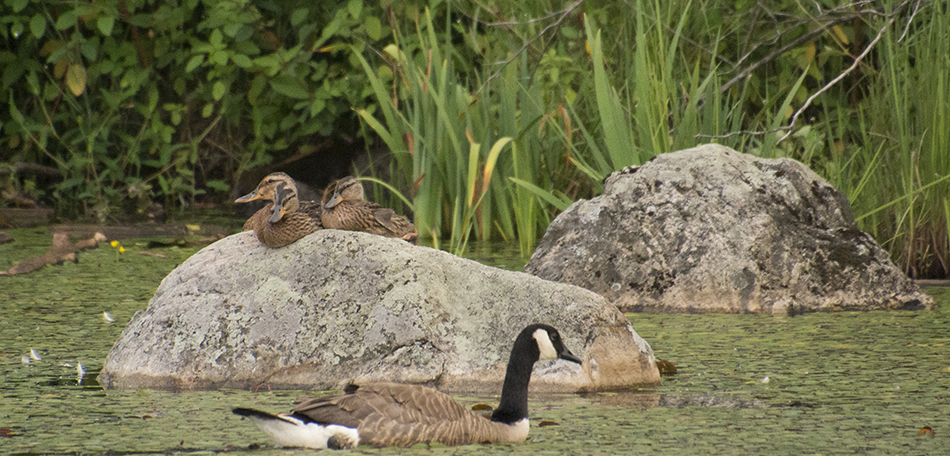

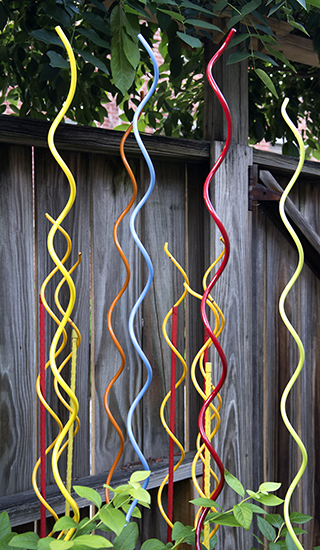
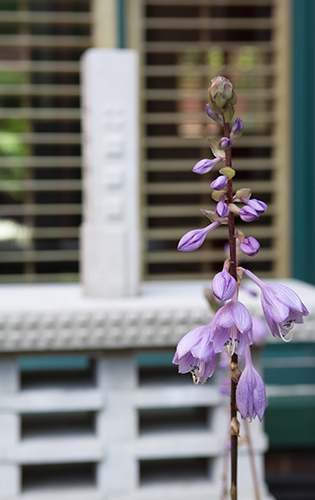


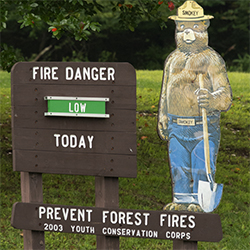 Southern Ontario, the region above Lake Erie and Lake Ontario, is dry, the grass is brown; and fire warnings are everywhere. Western Pennsylvania is wet, the fields and streams are swelled with rain. Pine Creek runs fast with rainwater and North Park Lake is filled to the brim. (because of all the rain, the wisteria is still putting out shoots)
Southern Ontario, the region above Lake Erie and Lake Ontario, is dry, the grass is brown; and fire warnings are everywhere. Western Pennsylvania is wet, the fields and streams are swelled with rain. Pine Creek runs fast with rainwater and North Park Lake is filled to the brim. (because of all the rain, the wisteria is still putting out shoots)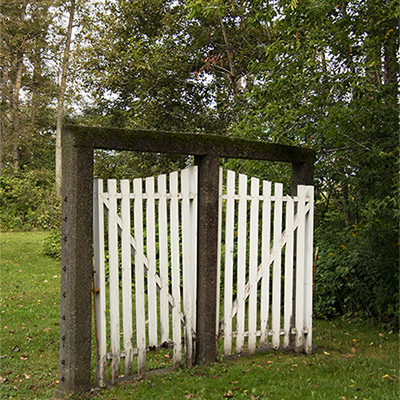
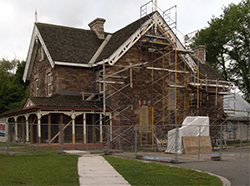 The House is a late example of a building inspired by the Gothic Revival style. The massing, design and good functional interior arrangement of the Superintendent’s House reflects the important social position of the Superintendent in Sault Ste. Marie society.
The House is a late example of a building inspired by the Gothic Revival style. The massing, design and good functional interior arrangement of the Superintendent’s House reflects the important social position of the Superintendent in Sault Ste. Marie society.